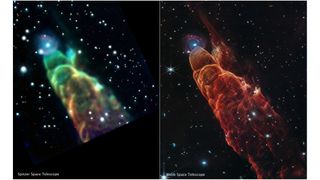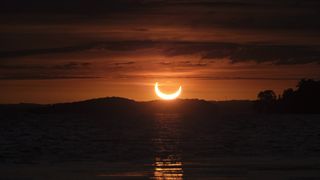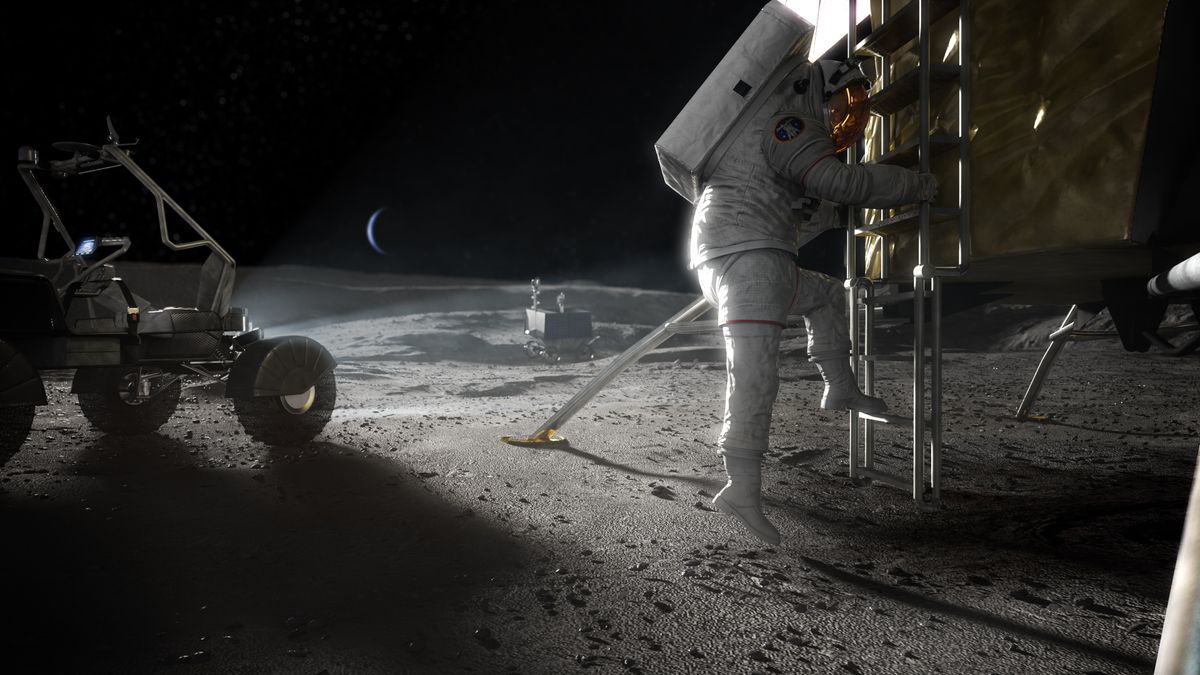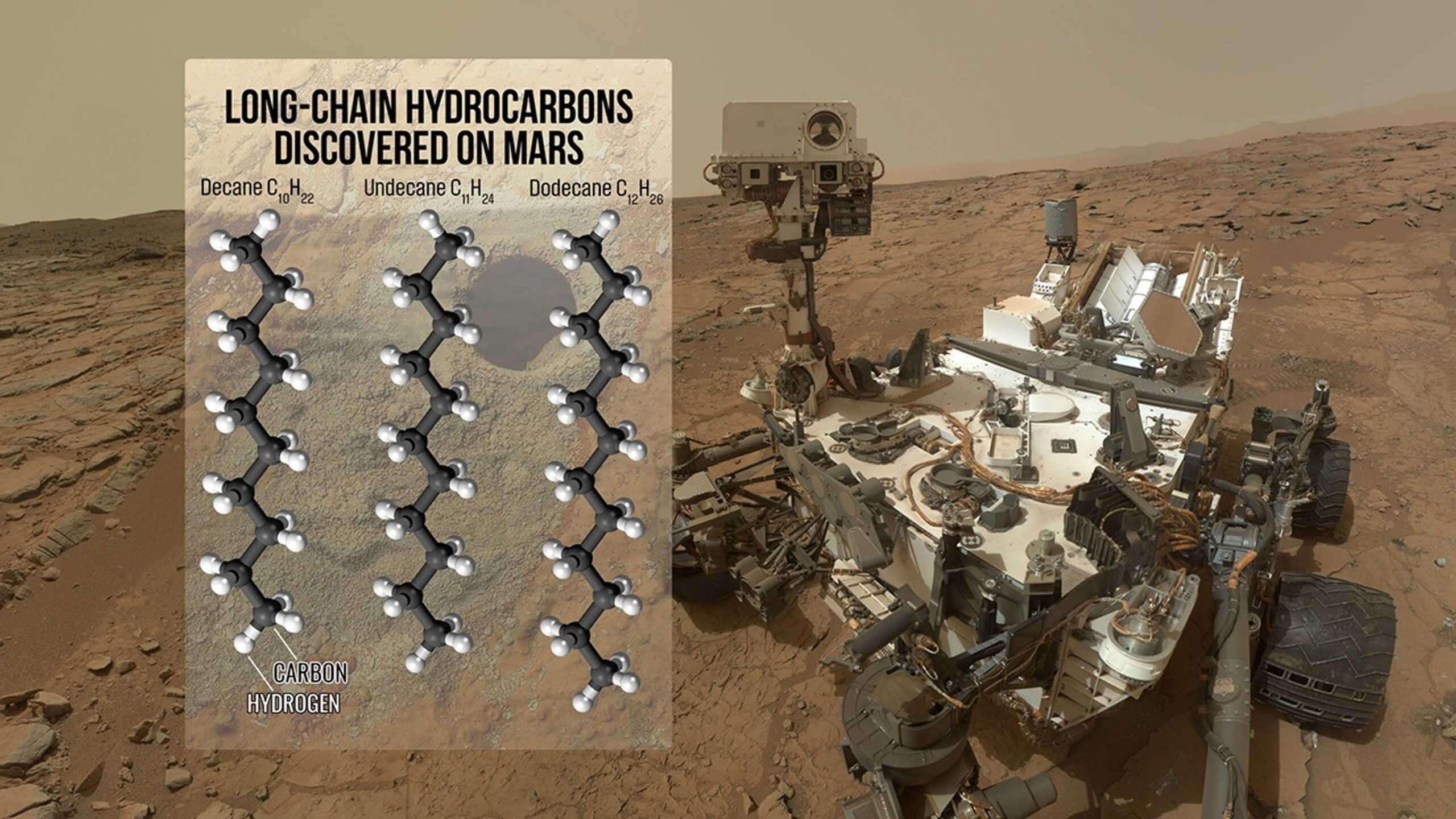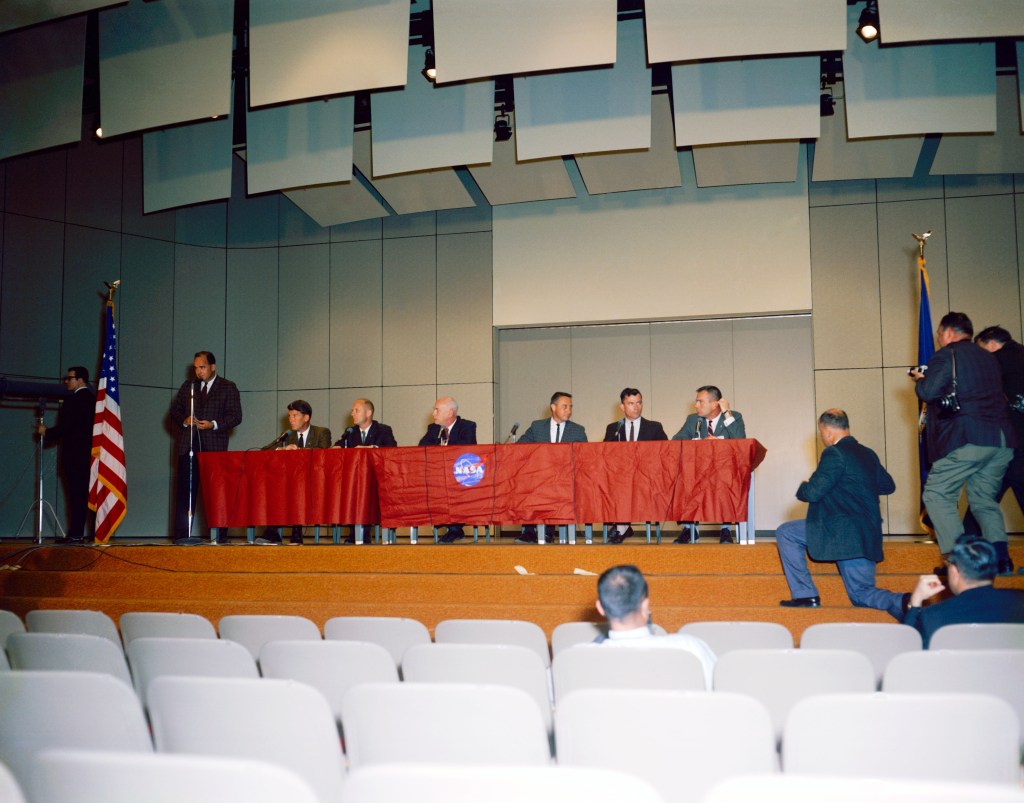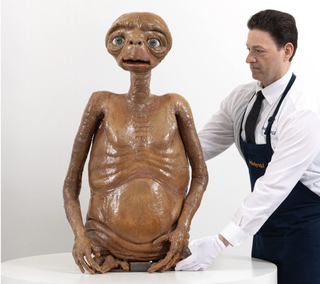A cosmic coincidence has led to one of the most amazing images ever captured by NASA’s James Webb Space Telescope (JWST). The dramatic outflow from a newborn star, known as Herbig-Haro 49/50 (HH 49/50), just so happened to align perfectly with a distant spiral galaxy, creating this mesmerizing celestial scene. Herbig-Haro objects are glowing clouds of gas and dust shaped by newborn stars or protostars. They form when jets of charged particles, ejected from young stars at immense speeds, slam into surrounding material, creating brilliant, ever-changing patterns in the sky.…
Read MoreCategory: Nasa
Nasa
Rare ‘solar horns’ will appear during partial solar eclipse on March 29 — Here are 6 of the best places in the US and Canada to see the unusual phenomenon
There’s something special about the partial solar eclipse on March 29, 2025. For North Americans in the right place at the right time — and who get clear skies — there’s a chance to see the unique spectacle of “solar horns,” a phenomenon where the cusps of an eclipsed crescent sun appear as two distinct points above the horizon during sunrise. For observers in the northeastern U.S. and eastern Canada aiming to witness this rare event, selecting the optimal location is crucial. Selecting a location for ‘solar horns’ “Solar horns”…
Read MoreEngineering Reality: Lee Bingham Leads Lunar Surface Simulation Support for Artemis Campaign
If you design a new tool for use on Earth, it is easy to test and practice using that tool in its intended environment. But what if that tool is destined for lunar orbit or will be used by astronauts on the surface of the Moon? NASA’s Simulation and Graphics Branch can help with that. Based at Johnson Space Center in Houston, the branch’s high-fidelity, real-time graphical simulations support in-depth engineering analyses and crew training, ensuring the safety, efficiency, and success of complex space endeavors before execution. The team manages…
Read MoreNASA says removal of ‘first woman, person of color’ language from Artemis websites ‘does not indicate’ moon mission crew change
NASA websites no longer state that the Artemis 3 lunar mission will aim to land the first person of color and the first woman on the moon — a longstanding goal of the Artemis program that the agency has consistently called upon when discussing lunar plans. The change appeared this weekend as NASA continues to cancel programs dedicated to diversity, equity, inclusion and accessibility (DEIA) as well as purge its websites of any language related to these efforts. These decisions are guided by the Trump administration’s push to end programs…
Read MoreNASA’s Curiosity Rover Detects Largest Organic Molecules Found on Mars
Researchers analyzing pulverized rock onboard NASA’s Curiosity rover have found the largest organic compounds on the Red Planet to date. The finding, published Monday in the Proceedings of the National Academy of Sciences, suggests prebiotic chemistry may have advanced further on Mars than previously observed. Scientists probed an existing rock sample inside Curiosity’s Sample Analysis at Mars (SAM) mini-lab and found the molecules decane, undecane, and dodecane. These compounds, which are made up of 10, 11, and 12 carbons, respectively, are thought to be the fragments of fatty acids that…
Read MoreLike Sands Through the Hourglass…
Shimmering ejections emitted by two actively forming stars make up Lynds 483 (L483). High-resolution near-infrared light captured by NASA’s James Webb Space Telescope shows incredible new detail and structure within these lobes, including asymmetrical lines that appear to run into one another. L483 is 650 light-years away in the constellation Serpens.
Read More60 Years Ago: Gemini III, America’s First Two-Person Flight
On March 23, 1965, the United States launched the Gemini III spacecraft with astronauts Virgil “Gus” Grissom and John Young aboard, America’s first two-person spaceflight. Grissom earned the honor as the first person to enter space twice and Young as the first member of the second group of astronauts to fly in space. During their three-orbit flight they carried out the first orbital maneuvers of a crewed spacecraft, a critical step toward demonstrating rendezvous and docking. Grissom and Young brought Gemini 3 to a safe splashdown in the Atlantic Ocean.…
Read MoreOuch! Carlo Rambaldi’s original screen-used ‘E.T.’ model might reach $1 million at Sotheby’s auction
Why is it so wet-looking? He looks like a professional wrestler covered in baby oil. We can’t answer that question, but if you’re willing to stump up a million dollars, you can own this incredibly glossy piece of sci-fi history. It might be slightly scary, but this rare remnant of Hollywood’s illustrious past was actually used in the filming of director Steven Spielberg’s sci-fi fantasy, “E.T. the Extra-Terrestrial,” and could fetch nearly one million dollars when Sotheby’s auction bidding finally closes on the historic lot next month. An authentic shooting…
Read MorePreserving astronomy history: The fight is on to save an iconic Royal Observatory Greenwich site
Near the small town of Herstmonceux in the English county of East Sussex sits the former home of the Royal Greenwich Observatory. The Royal Observatory Greenwich was first built in Greenwich, London, in 1675. At this original location, the observatory was set up with the goal of producing star charts and accurate time-keeping devices, to allow the British military and commercial fleets to more effectively navigate during their global travels. Over two centuries later, in 1884, the Royal Observatory Greenwich’s extensive star charts made the site a prime choice for…
Read MoreWhat will the partial solar eclipse of March 2025 look like from space?
A partial solar eclipse will come to Earth on Saturday, March 29, 2025, as the moon passes in front of the sun. From Earth, photographers will capture images of a bite being taken out of the sun. From space, a fleet of satellites will image a shadow being cast across Earth. The moon projects two kinds of shadows at all times. There’s a large fuzzy outer shadow, called the penumbra, and a much smaller, darker central shadow, the umbra. The latter causes a total solar eclipse, which is seen across…
Read More